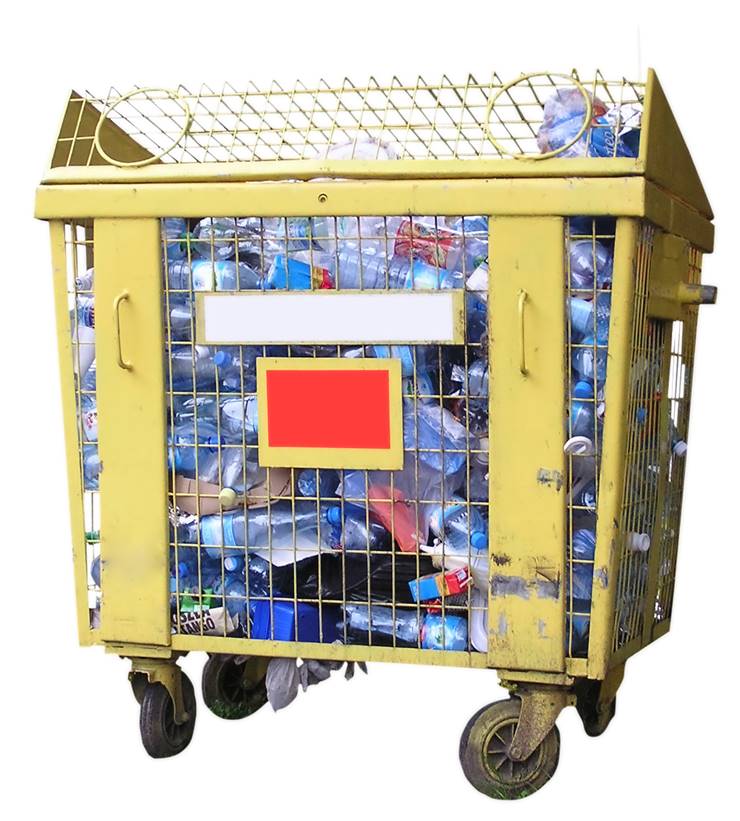History of Plastic Recycling
Plastic is one of the most popular building materials of modern human culture, but its widespread use brought us many problems and caused environmental dangers of unprecedented scale. Since its mass adoption in the 1950s, discarded plastic products have filled landfills and contained seas and earth with materials that will not break down for centuries and centuries. To combat this problem, governments of many countries around the world formed rules for recycling plastic, established industrial processes for transforming discarded plastic into useful materials, and educated communities to the benefits of recycling all around the world.
One of the largest recycling efforts of the 20th century happened of course during wars when governments demanded of their people to donate their unused metals, tires and even nylon, but the notion of recycling plastic came only after the environmental revolutions of 1960s. During those years people really started noticing the impact of plastic waste on environment, and started laying groundwork for future recycling efforts. First plastic waste recycling mill in the world was created in Conshohocken, Pennsylvania in 1972, marking the beginning for all future recycling plants. As years went by, government programs and eco-friendly communities slowly started to educate regular people into habit of recycling and forcing manufacturers to start producing easier to recycle plastic. Their efforts came to life during 1980s and 1990s with the adoption of PETE and HDPE plastic, which were designed with recycling in mind. These recyclable plastic products were introduced by Plastic Bottle Institute of the Society of the Plastics Industry and clearly marked on their containers by logo of triangle made of arrows.

The process of recycling plastic is not as simple as recycling paper, glass and metals, because the greater number of steps involved for extracting dyes, fillers and other additives that can be found in “virgin” plastic. First step in their recycling is sorting by the type of resin that is in their structure (seven basic types) and in some cases additionally sorted by color. After that, plastic is chopped into small pieces, cleaned to remove debris and small residue, melted down and compressed into pellets named nurdles. These small pellets are then transported to plastic processing plants where they are introduced into manufacturing process.
Because of the complicated recycling process and unwillingness of people to properly dispose of their unwanted plastic, recycling rates of plastic lag far behind of other items such as paper, glass and metal. In 2008 only 6.5% (2.2 million tons) of post-consumer plastic waste was recycled, 7.7% (2.6 million tons) was burned for energy and 85.5% (28.9 million tons) went to landfills.

